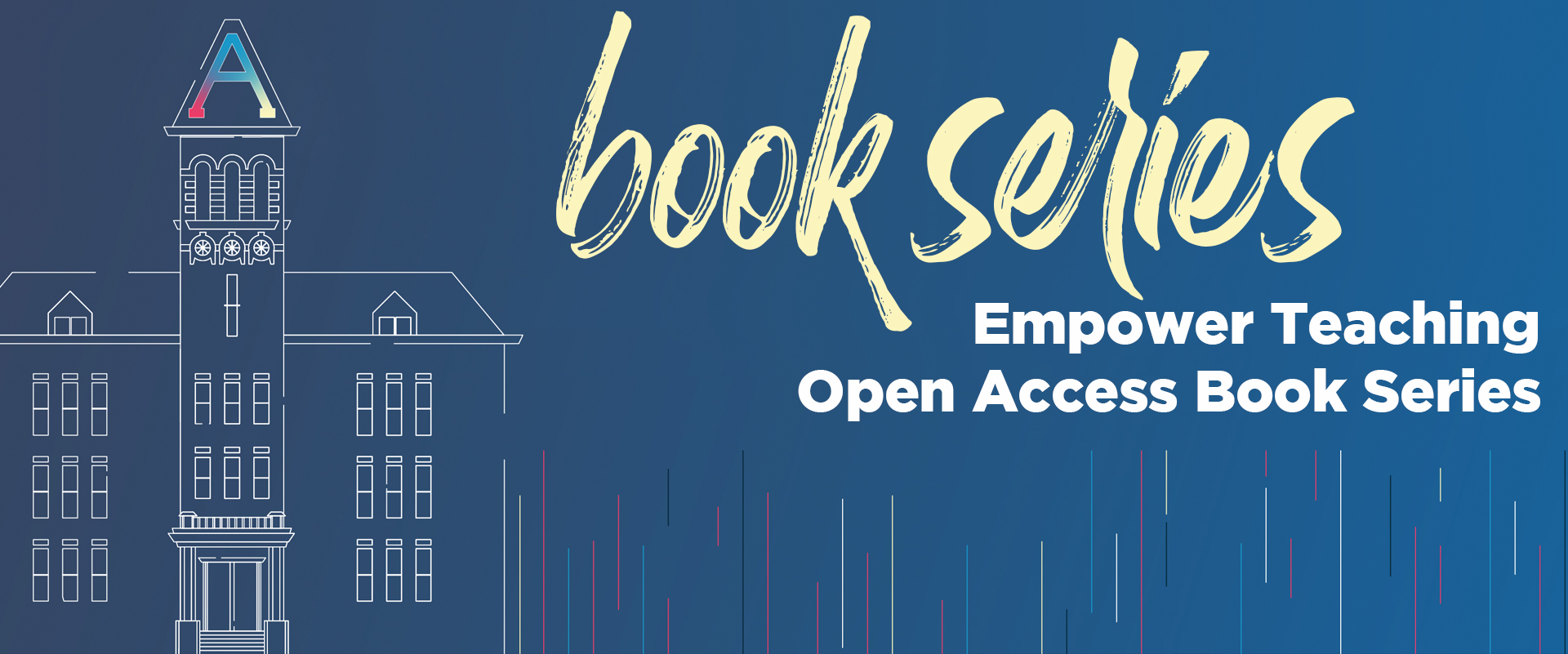Document Type
Chapter
Journal/Book Title/Conference
Making Connections: A Handbook for Effective Formal Mentoring Programs in Academia
Editor
David Law & Nora Domínguez
Publisher
Utah State University
Publication Date
5-15-2023
First Page
222
Last Page
246
Creative Commons License

This work is licensed under a Creative Commons Attribution-Noncommercial-No Derivative Works 4.0 License.
Abstract
Mentoring is a central component of teaching and learning in academia that involves mentors ranging from novice to advanced mentoring experience. Mentoring has been found to play a crucial role in successful career development at every professional level in academia. Consequently, it’s imperative that institutions design and implement mentoring programs that prepare mentors, regardless of background, to establish, build, and maintain positive mentoring relationships.
This chapter begins by discussing mentoring and its role in academia. As institutions strive to retain faculty, staff, and students, it serves institutions well to understand how the successful implementation of effective mentoring programs can close the gap in supporting different stages of professional and educational careers. Individuals that do not have a mentor or have an ineffective mentor may miss out on the support needed to obtain personal and professional growth and balance. Absent or noneffective mentoring tends to result in less productive and less satisfied individuals that are less prepared to face internal and external challenges, which can negatively impact a professional’s career and the institutional strength.
This chapter explores specific characteristics of effective mentors. One of the focus areas is on successful communication between the mentor and mentee. Effective communication considers personality characteristics, mentor-mentee expectations, trust, motivation and an expected career pathway. Modeling the characteristics of effective communication will enrich the mentoring relationship for both mentors and mentees.
Mentors also utilize different styles of communication and connect differently based on individual needs and circumstances. Often as mentors, the communication style depends upon the situation itself and possible solutions to support the mentee. Additionally, understanding different communication styles (and when to use them) will also make for a more effective and gratifying relationship. The chapter will further provide insight of ineffective communication that mentors may exhibit in an effort to avoid difficulty in the mentoring relationship.
Being a mentor can have a great effect on a person’s confidence. Motivation is utilized to help set goals and create a solid foundation that will strengthen the mentoring relationship during difficult times. Motivation techniques can be key factors for mentors to engage with mentees, especially to understand their goals, expectations, and driving factors for participating in the mentoring relationship. In addition, its essential for mentors to understand and develop a mentoring plan during the beginning of the mentoring relationship. A description and detailed example of tools to develop a mentoring plan is presented in this chapter.
This chapter also demonstrates a step-by-step process to design a curriculum for academic institutions. The needs analysis is one of the keys to effectively design a campus-wide mentoring program that allows various stakeholders to provide input to align mentoring needs. Additionally, continuous evaluation of the mentoring programs and training feedback can help to shape and improve the mentoring programs to your institution’s specific needs. From start to finish, this chapter on mentors will unlock a host of benefits that will impact everything from individual mentor development to institutional mentorship growth.
Recommended Citation
Mickel, Natasha, "Chapter 10- Preparing the Effective Mentor" (2023). Making Connections. Paper 12.
https://digitalcommons.usu.edu/makingconnections/12


